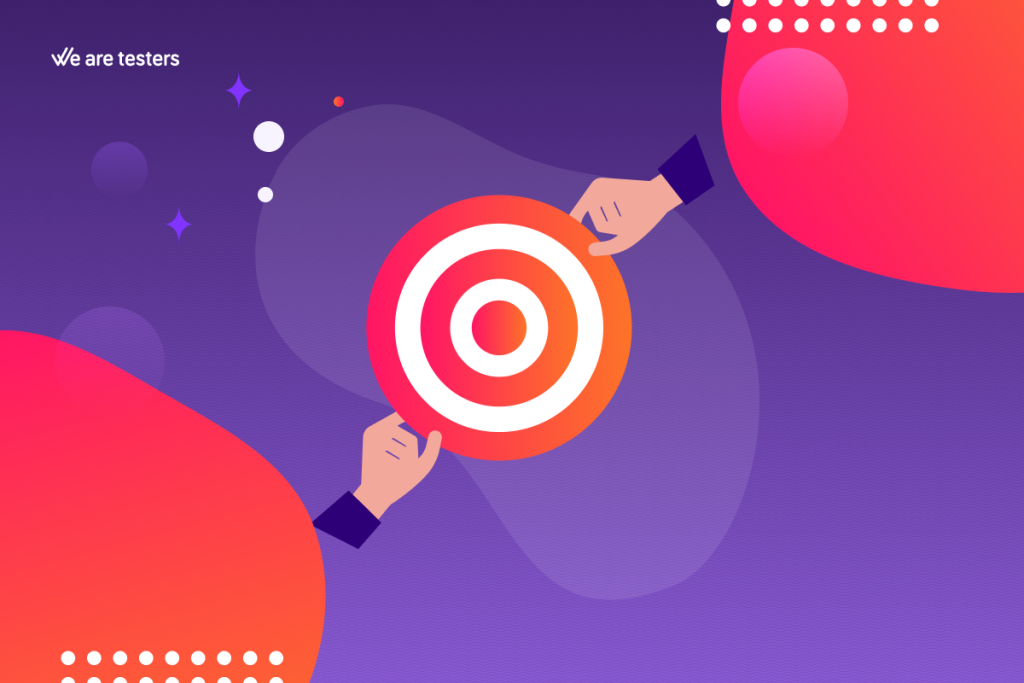
If I say: «37-year-old woman, married, with a one-year-old child, middle manager at a marketing company, lives in Madrid, drives to the office, and doesn’t have time for breakfast, but loves coffee. She defines herself as a fashionista, foodie, and fit-mum, and between work and Instagram, she doesn’t part with her smartphone.» And now I ask: Where does she have her coffee every morning? What mobile phone does she have? What sports clothing brand does she use? And what does she watch on TV? Probably your answers are: Starbucks, iPhone, Nike, Netflix. If so, you have applied the concept of Buyer Persona, but… what exactly is it?
Buyer Persona is an archetype that represents a segment of our audience composed of active and potential customers. It is usually represented in a technical sheet, and typically, a company has between 3 and 6 different Buyer Personas. It is one of the most ideal ways to understand your audience if you want to put the customer at the center of your business model development strategy.
Grouping into Profiles
We would love to be able to customize our products, services, messages, and channels for each customer, but this is impossible. Instead, grouping our customers into archetypes that share the same characteristics and behave similarly with common attributes makes personalization easier and can even give us clues about new products and new needs of our customers and non-customers.
For this, as many profiles as potential market segments have been detected are created. There are still companies that make up these archetypes, that believe they can deduce them because they know their customers very well, or that build them based on their expectations, but all of this is a mistake. Archetypes must always be the result of research into your audience using quantitative techniques and, above all, qualitative ones thanks to specialized tools, such as User Archetype Tests. Only in this way can variables and objective data be cross-referenced to define similar consumer behavior patterns and create archetypes that we will complete to give them «personality» and a fictitious identity to turn them into a real person.
«Only through research can the truth be reached.»
Benefits of Grouping into Buyer Personas
Thanks to the identification and definition of Buyer Personas, we can:
- Empathize with our audience, put ourselves in their shoes, and know who they are, how they feel, and what they want.
- Describe our customers and give them a face.
- Create well-focused content for each type of customer, know how to connect with them, be attractive to that audience, attract them with messages they truly understand, and place them on the right channels and media to be found by the ideal customer.
- Enable better tactical decision-making for all of the above.
- Makes everyone in the organization know who they are working for, who they are targeting, and thus be aligned to achieve better results.
What does a buyer persona sheet include?
A Buyer Persona sheet consists of common attributes and similar behavioral patterns among all users who make up that archetype; it is a summary of the basic characteristics that identify the entire group. To create a complete and useful Buyer Persona sheet, it should include:
- Name and image or photo representing that Buyer type.
- Sociodemographic profile with data such as age, gender, location, income level, marital status, whether they have children or not, etc.
- Bio or personal story to understand their context, know where they work, what position they hold, what they do on a normal day, their hobbies, aspirations, challenges, and motivations.
- Claim or real verbatim, a revealing or inspiring phrase with which anyone in this segment can identify.
- Usage or consumption scenario: know where the user is, how they access our products and services, what devices they use, what leads them to use our product, why they enter, what their attitude is, what the environment around them is like, what social networks they use, main objections to our product, etc.
In short, we must know the demographic, social, cultural, digital, and brand relationship aspects. This information is what will truly generate more high-quality leads, and ultimately more sales. For example, in an eCommerce, success comes more from knowing the motivations of the audience than from pure analytics and traffic metrics.
«To succeed, you have to focus more on motivations than on the most analytical metrics.»
At We Are Testers, we have helped many companies define their Buyer Personas through our market research tools, such as online surveys, UX analytics, and working with clients in Online Communities.
[author] [author_image timthumb=’on’]https://www.wearetesters.com/wp-content/uploads/2019/09/leticia.jpg[/author_image] [author_info]Leticia Álvarez is Senior Marketing & CX Consultant at We are testers. [/author]
Update date 22 December, 2023

